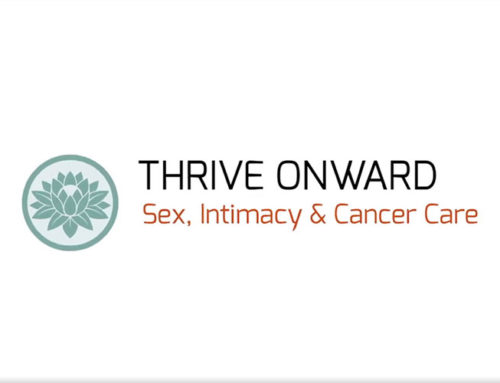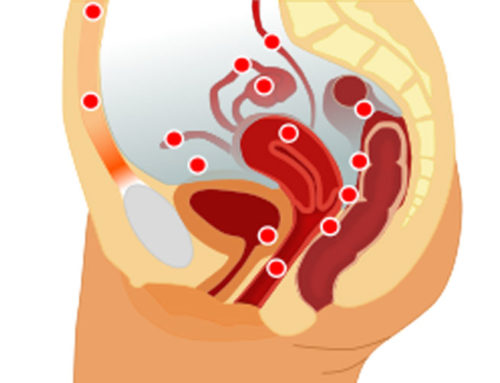
There has been an enormous amount of media attention lately on the safety of testosterone therapy for men, and separating the facts from frenzy can be a harrowing experience even for physicians much less the average guy trying to understand the basics.
On one side of the ring we have a waif like underweight boxer with mismatched gloves, stringy hair, and a haggard, crooked smile on his face while stating that testosterone can give a man a heart attack.
On the other side of the ring is a crowd of boisterous muscle men with decades of experience in research and men’s medical care retorting this claim saying it is based on very poor research conclusions and unfortunate media extrapolation. And in the middle of the ring we have a FDA panel blowing whistles and tripping over themselves.
But let’s take a step back before we get in the ring. It is first important to understand how difficult it is to draw definitive conclusions about how hormone therapy affects us and what concerning side effects may occur, because there are complex multi-factorial elements in active movement to consider that are all relevant.
Why understanding testosterone safety data is so complex
Hormone therapy acts in various ways depending on our age, and it makes a difference how the hormone is administered whether it is a cream applied topically, an injection, a pellet inserted under the skin, or a pill taken orally in regards to effects and risks. And hormones have a multitude of effects depending on interactions with other health conditions as well as our predisposition for diseases based on our family history. Hormone therapy requires detailed individualized risk and benefit evaluation, which provides many limitations in how easy it is to study hormones in large groups in research studies.
Furthermore the effect of hormones can improve condition A if we start that hormone at a young age, and actually aggravate condition A if we take the same hormone later on in life. This can contribute to media headlines such as “hormones prevent heart attacks!” to the next day headline of “no it doesn’t hormone causes heart attacks!’ which can be confusing and appear contradictory if the details of each study are not explicitly revealed.
However deficiency of hormones can also be a finding associated with risk of developing a disease, just to make the sports commentary on the match more complicated. It is also important to know longitudinal studies, meaning research that is conducted over decades studying the same group of people, is obviously time consuming, laborious, and expensive. Most studies are looking at a short term snapshot of different populations to try and compose a complete picture of how hormones may help or harm different people over time. But the process is rife with capacity for erroneous findings and misleading conclusions because no one study can ever tackle all these complexities of hormone therapy at one time.
And then the quality of a study and how its findings are statistically interpreted is a key element to the legitimacy of any research outcome, and poor study findings with big media attention is a large part of what has happened with testosterone therapy in recent months. Two studies at the end of 2013 which were both observational, meaning no causal link should be concluded from their findings, were published that suggested men may have an increased risk of stroke, heart attack, and early death as a consequence of taking testosterone. Shortly thereafter in January 2014 the FDA announced a safety investigation into testosterone therapy, and the media hooked their jaws into it because sensational headlines about risk of death is always of popular interest.
However careful scientific review of these two studies found no definitive evidence of cardiac risk from testosterone therapy. On the contrary, more than 30 years of research and 200 studies spanning multiple demographics suggests that the increased risk of cardiovascular events is associated with LOW testosterone levels, and furthermore testosterone may provide cardiovascular benefits.
In an unprecedented action in April 2014, twenty-nine international medical societies – including the International Society for Sexual Medicine – have petitioned the Journal of the American Medical Association to retract the article that precipitated recent concerns regarding cardiovascular risks with testosterone therapy, citing “gross data mismanagement” rendering the study “no longer credible” and that absurdly complicated statistical manipulations of the data was responsible for erroneous conclusions that have done damage in public misinformation and initiated countless lawsuits against physicians prescribing testosterone therapy to men.
The 29 medical societies represent US and international groups dedicated to education and research in endocrinology, men’s health, andrology, and sexual medicine. “This is the first time in history a worldwide community of distinguished researchers, scholars, and clinicians has united to demand removal of a study from the literature,” stated Abraham Morgentaler, Chairman of the Androgen Study Group, which submitted the petition to JAMA.
But let us not sound the bell on the underweight, mismatched glove boxer tapping out under the pile of muscle men in the ring just yet. The FDA announced in June 2014 that testosterone will now receive a black box warning for increased risk of venous blood clots, including deep vein thrombosis and pulmonary embolism, but states this is a separate matter than the current cardiovascular risk debate. Nonetheless experts in testosterone therapy acknowledge both known increase polycythemia, a burgeoning of red blood cells sometimes associated with the therapy, as well as rare but known possibility of venous blood clots with no connection to polycythemia in some men.
Then in March 2015, to the great dismay and frustration of scientists and men’s health specialists nationwide, the US Food and Drug Administration (FDA) announced testosterone products must now be labeled with a black box warning against cardiovascular harm and stroke risk in men undergoing testosterone therapy. Furthermore the FDA will require makers of prescription testosterone products to clarify the approved use of these medications on the product label, and state that therapy is “only for men who have low testosterone levels due to disorders of the testicles, pituitary gland, or brain that cause hypogonadism” and should no longer be used as it currently is extensively in attempts to relieve symptoms of low testosterone in men as a consequence of normal aging.
To be clear, this is not an evidence based FDA decision, and it has sent many members of the medical world reeling. And it does not follow other countries interpretation of the medical literature either. Europe has a contrasting stance of testosterone safety data, and a regulatory body representing the European Union member states, the Coordination Group for Mutual Recognition and Decentralised Procedures-Human (CMDh) clearly concluded that there is “no consistent evidence” of an increased risk for heart problems in men who use testosterone products. In fact, one could suggest Europe is having a good chuckle at the United States over this debacle.
At best specialists consider the FDA panel announcement premature, and some even have called it blatantly absurd. This perspective is further supported by two recent studies released also in March 2015 that showed no increased cardiovascular harm in men taking testosterone. In the first study, overall cardiovascular events such as a heart attack or stroke were 5.5% in men who received testosterone therapy compared to 6.7% in men who did not. In the second study, which evaluated a composite of 29 research study findings encompassing 122,000 men, testosterone therapy was not associated with any significant increased risk of adverse cardiovascular outcomes.
Clearly we do not yet have the definitive answer on testosterone and heart disease risk. One perspective to consider however is that while the bulk of research has suggested that low testosterone levels increases risk for cardiovascular events, testosterone treatment may in fact be finger pointed at when a cardiovascular event occurs in men who are finally receiving treatment later in life.
Yet is also very rational to assume a small percentage of men may indeed experience negative outcomes of hormone therapy. Men who have predispositions to heart disease based on co-morbid conditions, family history, or lifestyle risk factors need to have expert monitoring of testosterone therapy, aggressive treatment of their heart disease risk factors, and routes of testosterone therapy to minimize risk discussed. Many experts in testosterone therapy caution against throwing out the baby with the bathwater while we continue to wade through medical studies and their analysis.
The point is that science can never win a boxing match against itself, because we must always be open to new information, and further interpretation of medical literature findings which will always be ongoing. Hormone therapy is one of the most complicated areas of medical study because of the vast multitude of possible benefits and consequences, as well as the complex factors involved in research study design and finding interpretation.
We must remain open minded and inquiry driven, but rationale – and we must hold the media accountable to these standards as well. A backlash of “hormonphobia” in which a blanketed position that all hormones are bad for all people is as misleading as the claim that hormone therapy is for everyone. Withholding hormone therapy for people indicated for this treatment based on erroneous conclusions of therapy danger also causes harm. Intelligent thinking and responsible clinical practice lead to a fluid assessment of all information, and most importantly a personalized approach for any given man who may be a candidate for testosterone therapy, or who is currently taking testosterone and wondering what his benefits and risks are in light of this current debate.
So is the right hook or left hook champion? The answer is yes, no, and more importantly everything in between — and stay tuned. The boxing arena seats will always be warm.
























